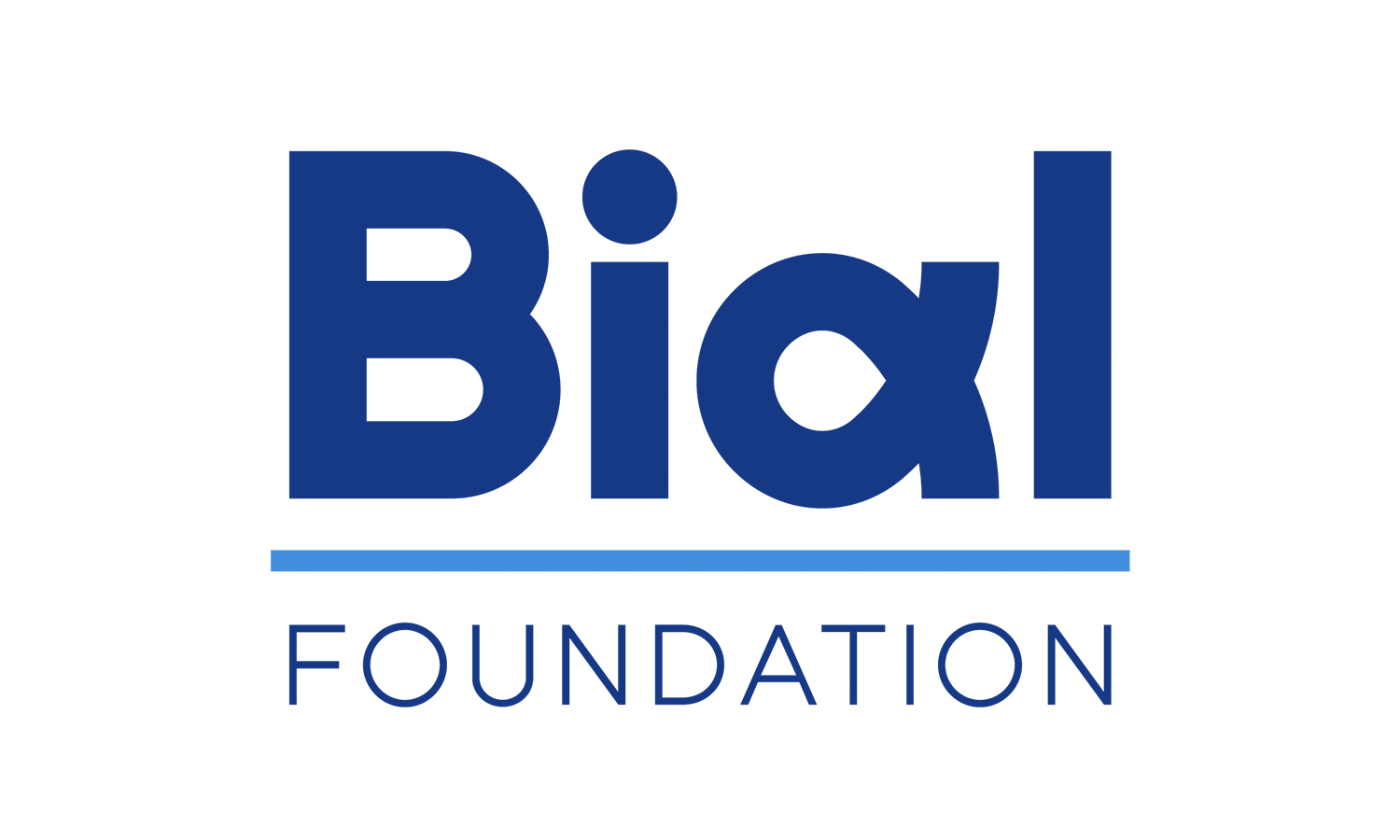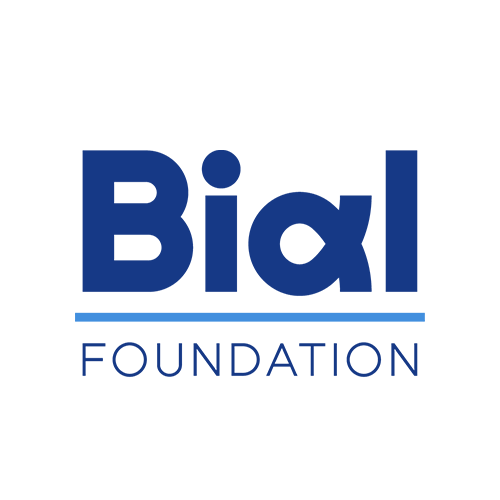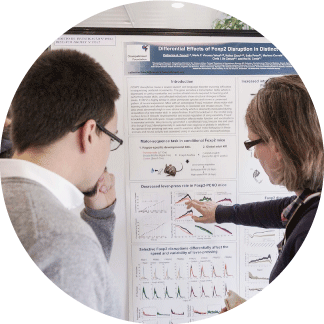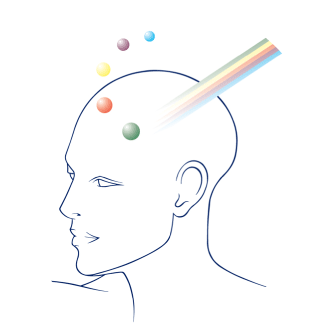News
Top Stories

Can childhood trauma cause insomnia in adults?
Research has shown that adverse childhood experiences result in more dysfunctional ways of shame coping and increase the severity of insomnia in adulthood.
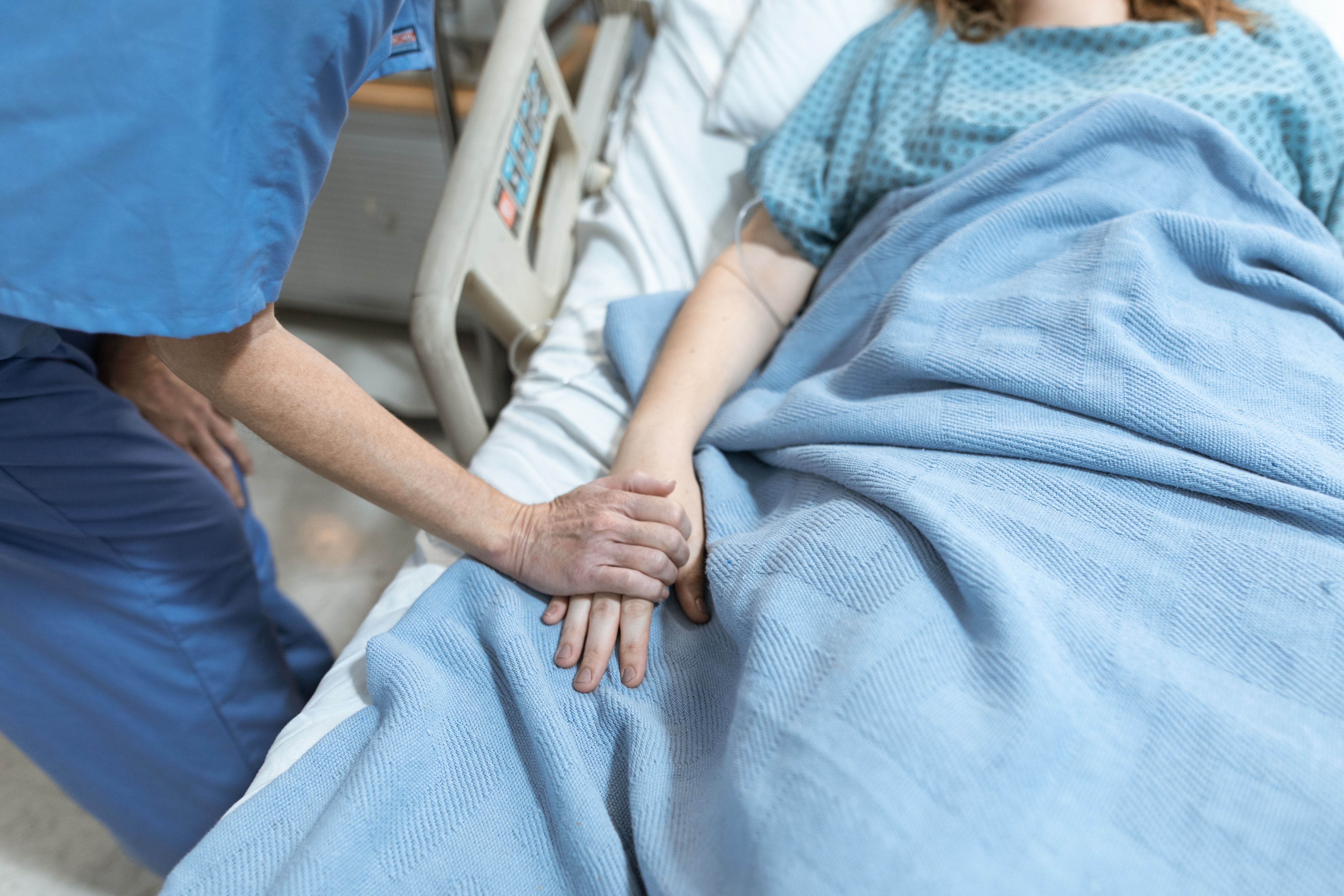
Near-death experiences among ICU survivors
Research with 126 patients admitted to ICU for at least 7 days reveals that 15% reported having experienced a near-death experience.

Elderly people can improve episodic memory by neurostimulation of the cerebellum
A study demonstrated that neurostimulation of the cerebellum led to improvements in episodic memory performance in healthy elderly individuals.
News
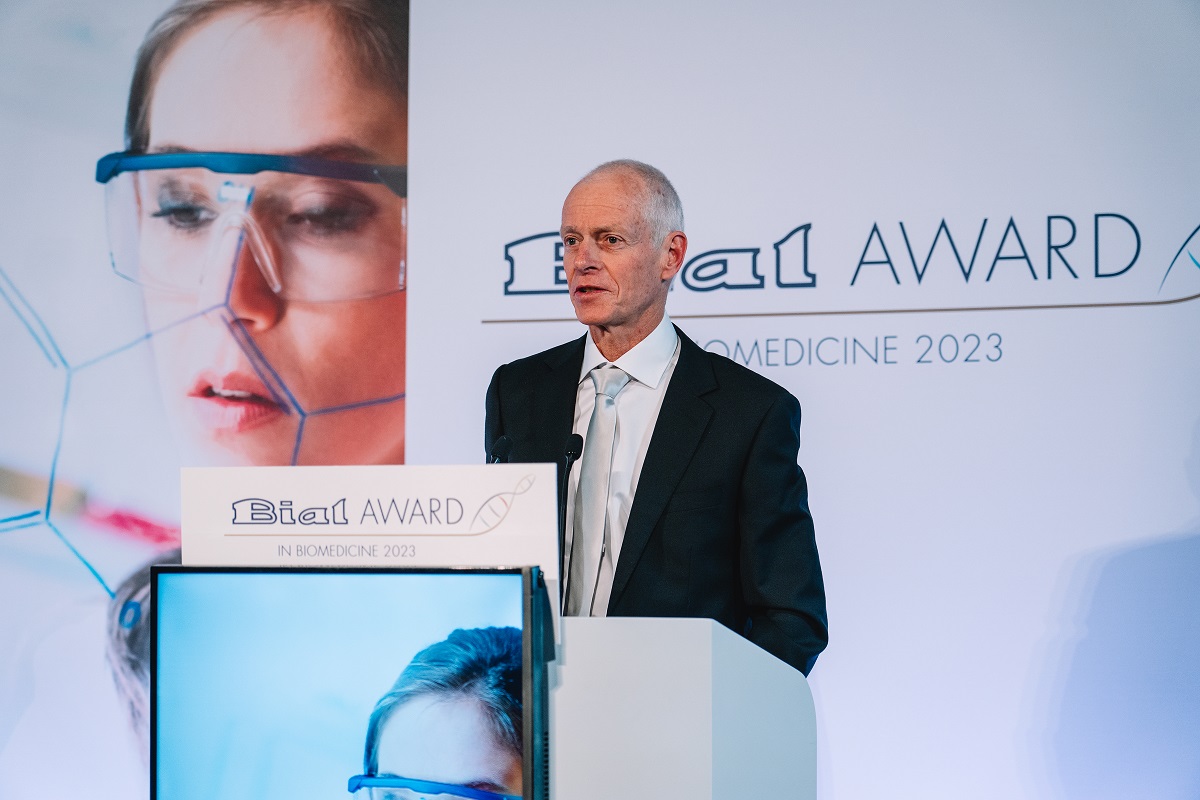
Interview with Ralph Adolphs: "Ambitious science is becoming more and more expensive"
The neuroscientist Ralph Adolphs (Caltech, USA), President of the Jury, challenges organised groups of scientists to nominate outstanding papers, underlining the significant increase in the prize amount to €350,000 and its growing reputation as a prelude to the Nobel Prize. He highlights the Award's altruistic nature and unique criteria, which continue to elevate the global recognition and impact of groundbreaking biomedical research. Nominations are open until June 30.
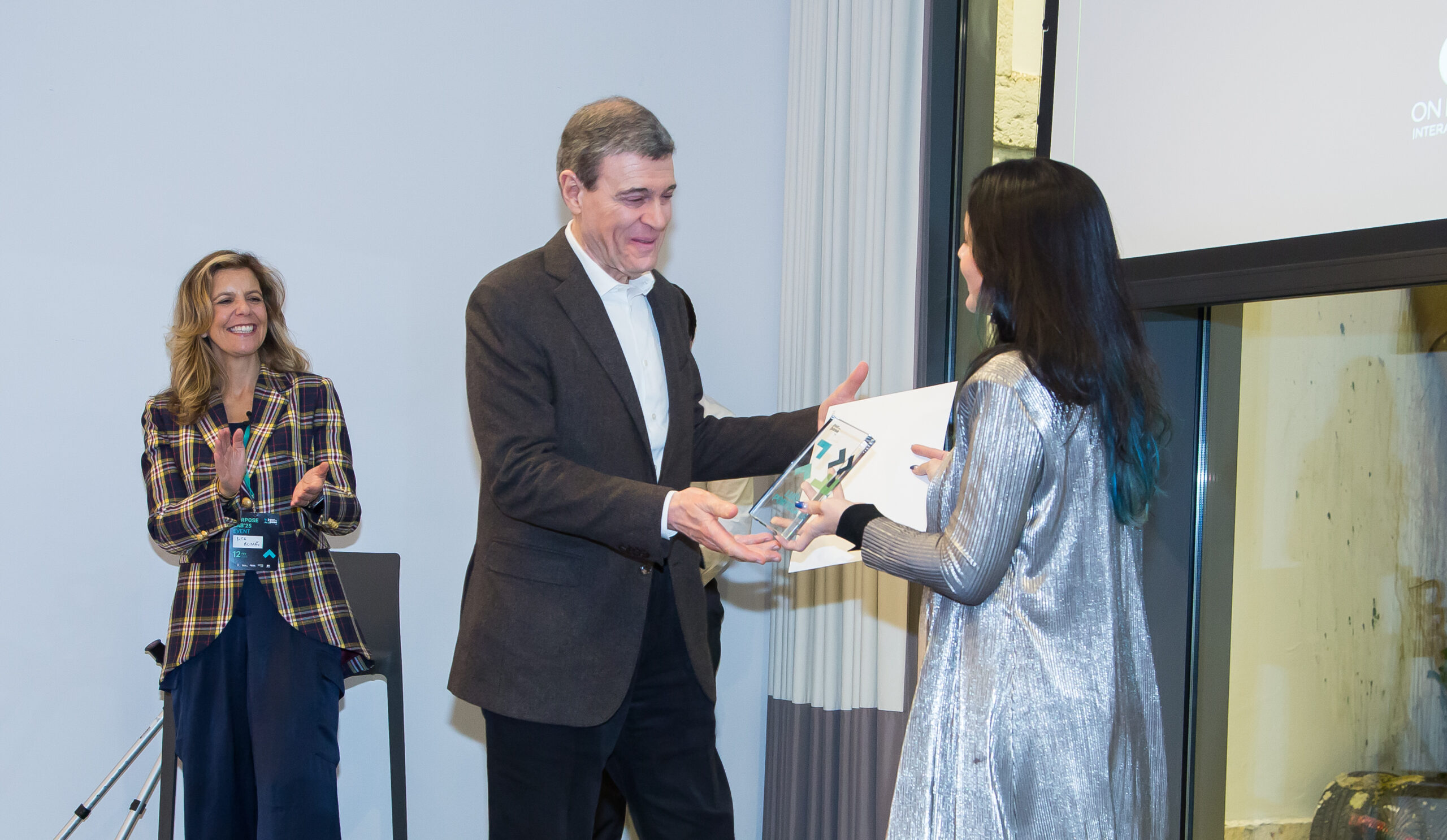
Luís Portela honoured with the Career with Purpose Award
The chairman of the BIAL Foundation, Luís Portela, was honoured with the Career with Purpose Award for his more than four decades of leadership of the pharmaceutical company BIAL.
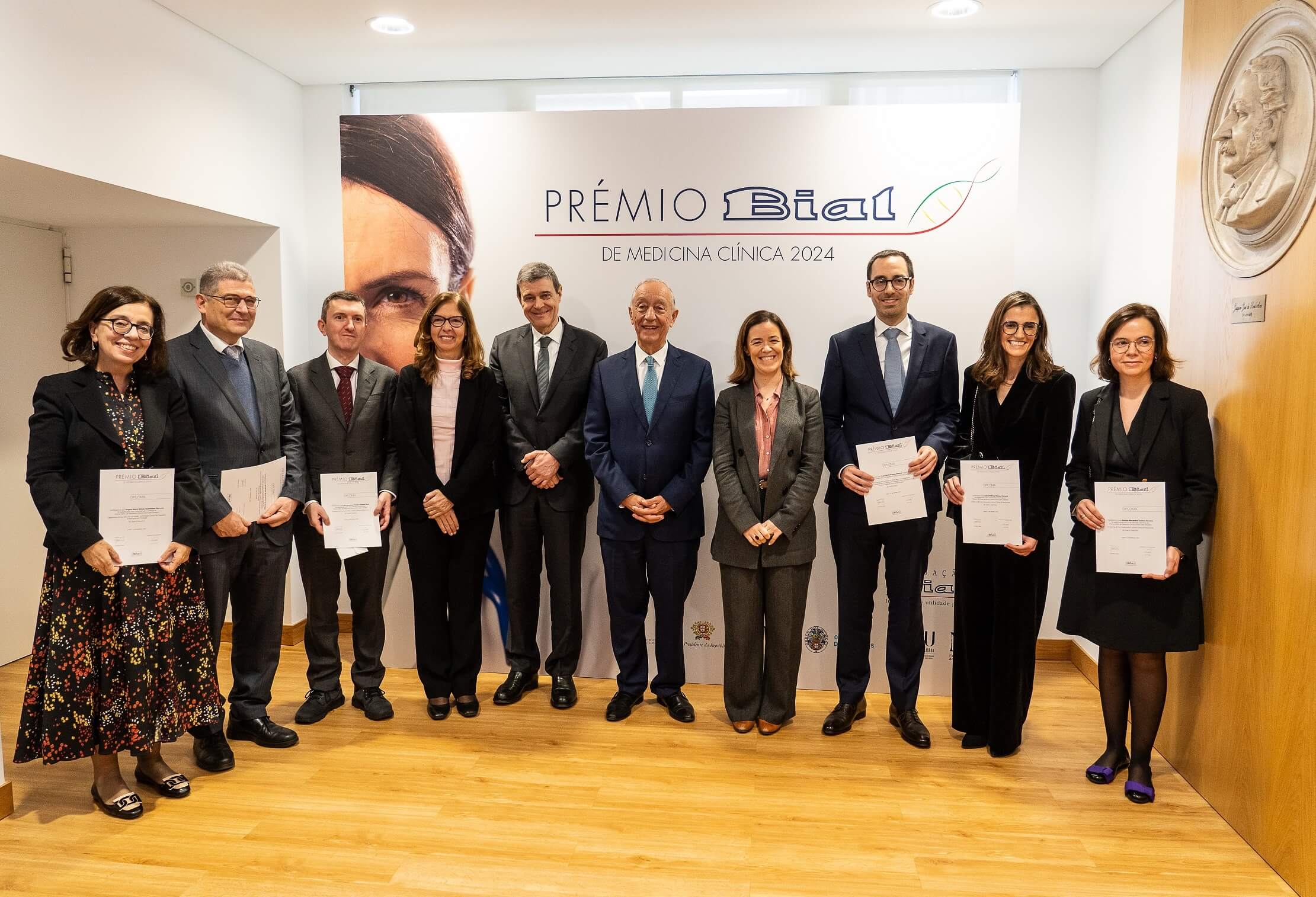
Research on Alzheimer's disease wins Prémio BIAL de Medicina Clínica 2024
Neuroradiologist and researcher Tiago Gil Oliveira was the winner of the Prémio BIAL de Medicina Clínica 2024, with the work ‘Uncovering the mysteries of brain regional susceptibility to neurodegeneration in Alzheimer's disease: from neuropathology to brain magnetic resonance imaging’, which identifies the brain regions differentially affected by Alzheimer's disease, contributing to a more accurate and earlier diagnosis of what is the most prevalent neurodegenerative pathology in Portugal and worldwide.

